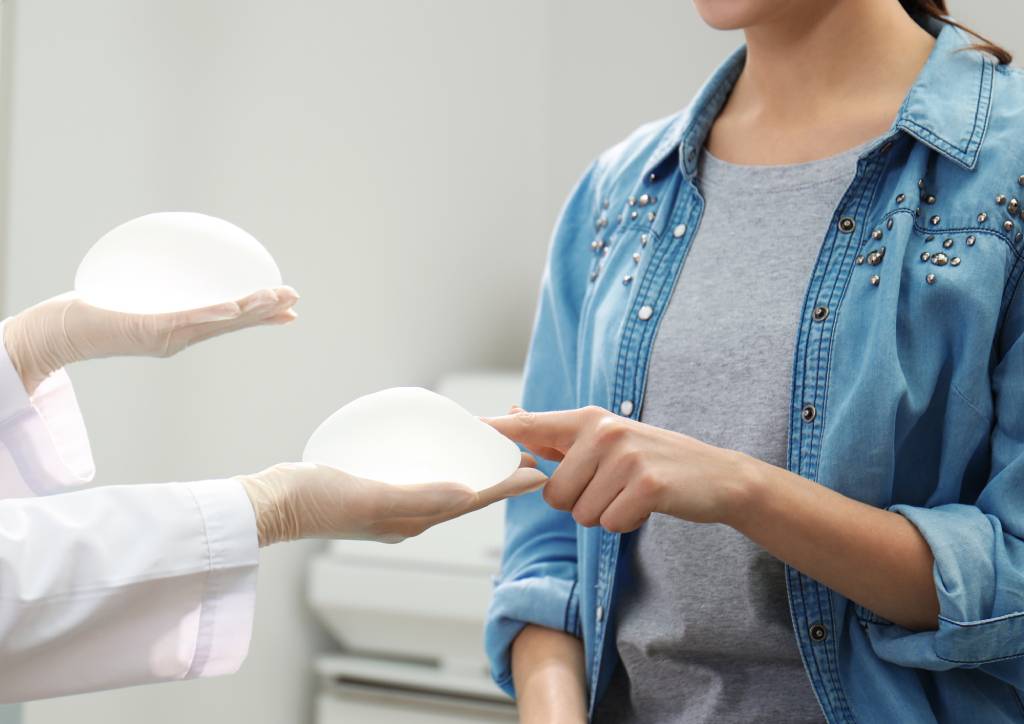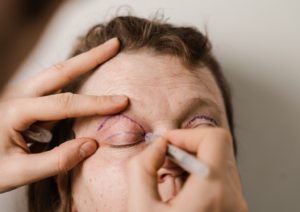
Breast Augmentation Recovery Tips
Breast augmentation is not just a cosmetic procedure—it involves planning, trust in your surgeon, and a recovery phase where healing takes place. Although the breast surgery is a few hours of the surgery day, it is the aftercare recovery that leads to long-term results. This phase in the surgery process is often forgotten, yet it is tremendously significant. Your aftercare is what will determine how quickly you heal and how the final result will look. So, whether your surgery date is already scheduled or you are simply exploring your options, being informed about the aftercare is prudent!
Here are some helpful, simple tips to guide you through your breast augmentation recovery.
Prioritise Adequate Rest
The procedure may be short, but your body still goes through a big change. Once you’re home, allow yourself time to rest and recover. Create a comfortable recovery environment with essentials like water, medications, and your surgeon’s post-operative instructions easily accessible.
The first few days are all about letting your body relax and recover. Even if you’re feeling okay, avoid the temptation to resume regular activities too soon, as rest contributes significantly to recovery.
Follow Post-Op Instructions (Even the Small Ones)
It might be tempting to improvise or Google your way through recovery, but your surgeon’s advice is tailored specifically for you. This includes caring for your incision sites, taking medications as prescribed, knowing when to shower, and how long to wear your support garments. Each step plays a role in your recovery.
So, even if something seems minor, follow the instructions you’ve been given. If anything feels unclear or concerning, don’t hesitate to contact your clinic. One quick phone call can save you a lot of unnecessary stress.
Support Garments Play a Key Role in Recovery
You’ll most likely be given a surgical bra or compression garment to wear after breast augmentation. It plays a significant role in your recovery. These garments help reduce swelling, provide gentle support, and keep your implants in the correct position while your body adjusts.
Wearing them consistently (and as directed) can also help maintain the intended surgical result and improve post-operative comfort.
Take It Slow with Movement
In the first week or two, you should avoid heavy lifting, upper-body workouts, and stretching your arms too far. Even reaching for something on a high shelf can strain your healing tissues.
Light walking is encouraged as it helps with circulation and keeps your energy levels up. Just be mindful of your limits and listen to your body. Gradual reintroduction of movement is recommended to avoid complications.
Sleep in the Right Position
Sleeping on your back with your upper body slightly elevated can help reduce swelling and pressure on your chest. Try using a few extra pillows to prop yourself up, or consider a recliner for the first few nights if that’s more comfortable.
Sleeping on your stomach or a side might feel natural, but avoiding those positions is best until your surgeon gives you the green light.
Keep Yourself Hydrated and Well-Fed
Recovery takes energy, and your body will thank you for giving it the right fuel. Drink plenty of water, eat balanced meals, and focus on whole foods like leafy greens, lean proteins, fresh fruits, and whole grains.
No drastic dietary changes are needed, but being mindful of your nutrition can support recovery.
Understand the Recovery Timeline
It’s completely normal for your breasts to look or feel different in the first few weeks after a breast augmentation. Swelling, bruising, and tightness are all part of the healing process. Your implants may initially sit higher before gradually settling into a more natural position as swelling subsides.
Allow adequate time for results to become visible as changes occur gradually over several weeks.
Watch for Signs That Something’s Off
Mild pain, swelling, and discomfort are expected in the early days. But if you notice severe pain, sudden swelling on one side, high fever, or unusual discharge, it’s best to check in with your clinic immediately.
It’s always better to ask than to guess, and no question is too small when it comes to your health.
Monitor Your Emotional Well-being
There’s a lot of focus on the physical side of surgery, but emotional adjustment is also part of the recovery process. Temporary mood changes, uncertainty, or emotional fluctuations may occur as you heal.
If you’re feeling overwhelmed, consider discussing your thoughts with a healthcare provider or support professional.
Keep Your Follow-Ups
Even if you feel well, do not skip your follow-up appointments. These check-ups are important to monitor healing and allow your surgeon to make any necessary adjustments to your care.
Consistent follow-up care contributes to proper monitoring and supports long-term post-surgical management.
Breast augmentation involves both a surgical procedure and a period of post-operative care. By following your surgeon’s advice, allowing adequate time for recovery, and monitoring your well-being, you can ensure a favourable outcome. Recovery varies between individuals, and following clinical guidelines can help support the process.
Our Surgeons
Recent Post

What is Melanoma? Causes, Symptoms, and Treatment Options

Types of Reconstructive Surgery and Their Role in Recovery After Injury

Understanding Trigger Finger: Causes, Symptoms, and Treatment Options

Ganglion Cyst: Symptoms, Causes & Diagnosis











